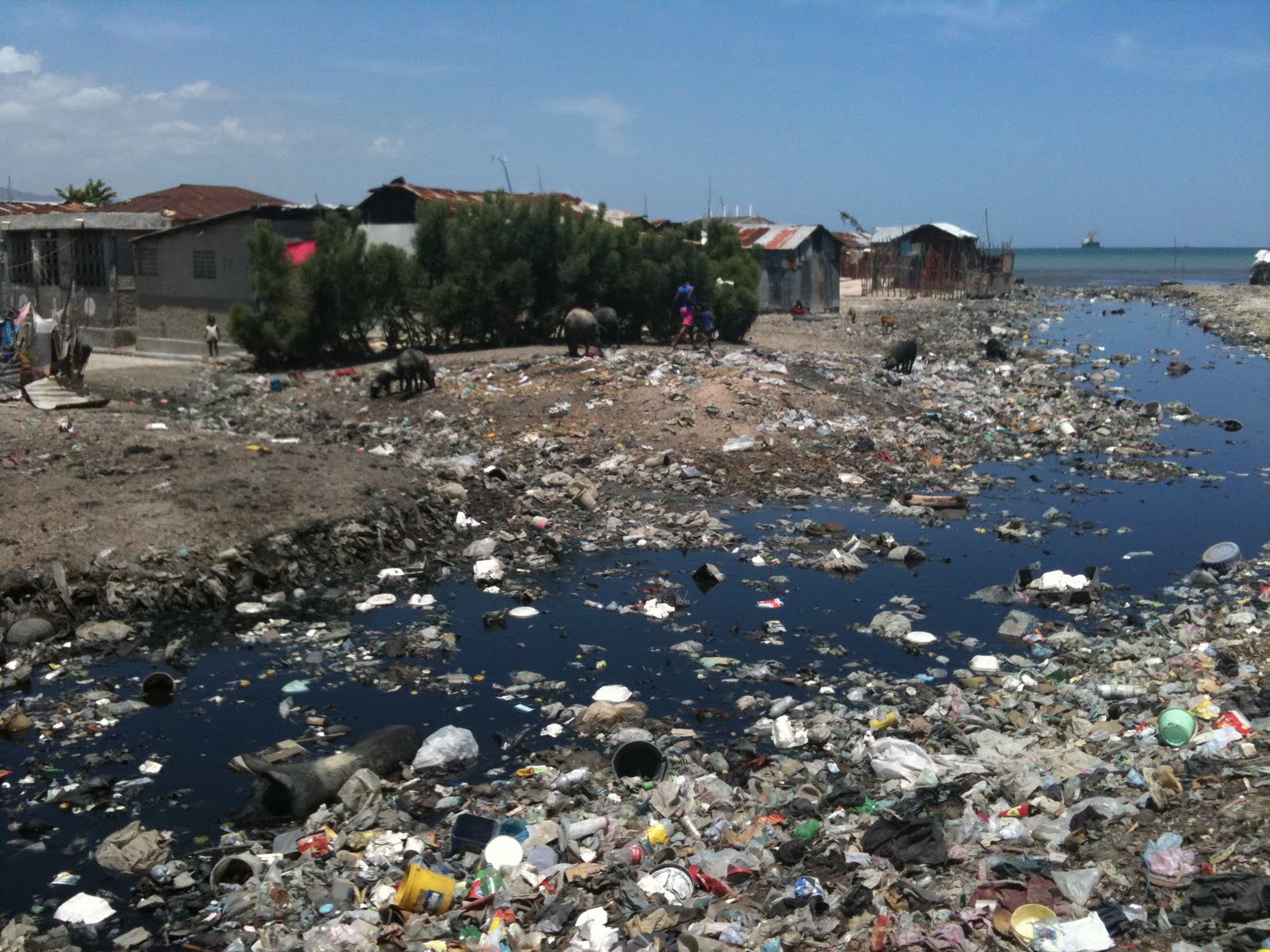7. Hanford Site
Location: Hanford, Washington State
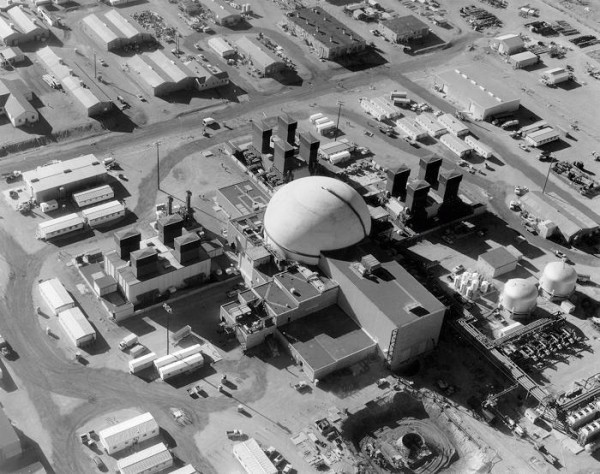 Hanford was basically a small agricultural community in Benton County, Washington, United States. In 1943, the residents were asked to leave the town in order to create room for the establishment of a nuclear production facility known as the Hanford Site. The Hanford Site was one of the first and biggest nuclear production centers during World War II. A plutonium production reactor was also integrated in this facility. It had 9 nuclear reactors and 5 plutonium processing complexes. Back in the days the waste treatment and disposal etiquettes were not as polished as they are today hence the reactor left huge amounts, as much as 70,000 containers, of high level radioactive material. The site was decommissioned after the cold war but the 53 million gallons of waste was left behind. The Hanford Site occupies 586 square miles (1,518 km2) and the Columbia River flows along the site for approximately 50 miles, the river is also polluted by the waste. The site is the main focus of the environmental cleanup.
Hanford was basically a small agricultural community in Benton County, Washington, United States. In 1943, the residents were asked to leave the town in order to create room for the establishment of a nuclear production facility known as the Hanford Site. The Hanford Site was one of the first and biggest nuclear production centers during World War II. A plutonium production reactor was also integrated in this facility. It had 9 nuclear reactors and 5 plutonium processing complexes. Back in the days the waste treatment and disposal etiquettes were not as polished as they are today hence the reactor left huge amounts, as much as 70,000 containers, of high level radioactive material. The site was decommissioned after the cold war but the 53 million gallons of waste was left behind. The Hanford Site occupies 586 square miles (1,518 km2) and the Columbia River flows along the site for approximately 50 miles, the river is also polluted by the waste. The site is the main focus of the environmental cleanup.
[youtube]http://www.youtube.com/watch?v=RSSUX64IMA4?[/youtube]
6. Dzerzhinsk
Location: Nizhny Novgorod Oblast, Russia
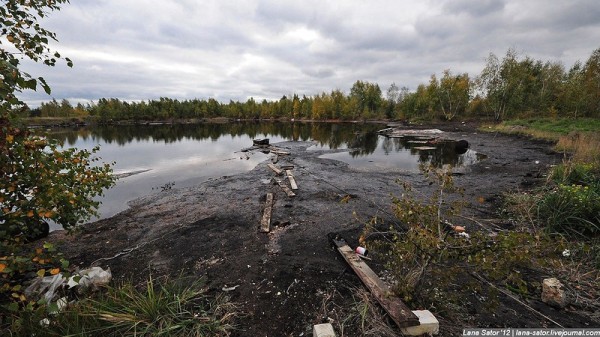 Dzerzhinsk housed the Soviet Union’s major chemical weapon development facilities dating back to 1941 up till the end of cold war. The story does not end there as Dzerzhinsk is the center for chemical industry housing 38 large industrial corporations. The city is said to be more polluted than Chernobyl itself as up to 300,000 tons of chemical waste was dumped in the city between 1930 and 1998. Many different types of highly toxic and dangerous chemicals were produced in Dzerzhinsk, including lewisite and mustard but the chemicals such as prussic acid, phosgene, and arsenic based weapons that were manufactured here had more devastating effects. In 1965, the production of major chemical weapons was stopped in the area. Most of the material had to be buried due to high arsenic concentrations. The area is one of the main centers for chemical processing in the Russian Federation, producing synthetic ammoniac, fertilizers, and herbicides producing over 1,000 different products. Water supply is contaminated with many toxins and the phenol levels are reportedly seventeen million times the safe limit. According to a report by Blacksmith Institute the life expectancy was reported to be 42 for men and 47 for women. However the city administrations states otherwise claiming it to be around 64.
Dzerzhinsk housed the Soviet Union’s major chemical weapon development facilities dating back to 1941 up till the end of cold war. The story does not end there as Dzerzhinsk is the center for chemical industry housing 38 large industrial corporations. The city is said to be more polluted than Chernobyl itself as up to 300,000 tons of chemical waste was dumped in the city between 1930 and 1998. Many different types of highly toxic and dangerous chemicals were produced in Dzerzhinsk, including lewisite and mustard but the chemicals such as prussic acid, phosgene, and arsenic based weapons that were manufactured here had more devastating effects. In 1965, the production of major chemical weapons was stopped in the area. Most of the material had to be buried due to high arsenic concentrations. The area is one of the main centers for chemical processing in the Russian Federation, producing synthetic ammoniac, fertilizers, and herbicides producing over 1,000 different products. Water supply is contaminated with many toxins and the phenol levels are reportedly seventeen million times the safe limit. According to a report by Blacksmith Institute the life expectancy was reported to be 42 for men and 47 for women. However the city administrations states otherwise claiming it to be around 64.
[youtube]http://www.youtube.com/watch?v=Gl1VXHckZW8[/youtube]
5. Dharavi
Location: Mumbai, India
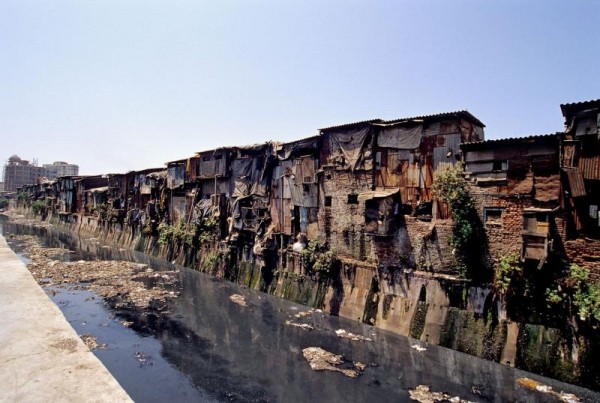 Dharavi is sandwiched between Mahim and Sion. The slum was used for a famous movie, “Slum dog Millionaire” and is one of the largest shanty town of Asia. The city of Mumbai can be a bit expensive for residents and Dharavi provides the answer. However it is illegal but people still live there. The slum covers 175 hectares of area and has rents as low as 85 Rs (4 dollars). Due to lack of facilities the slum is highly polluted. It is reorted to have 1 toilet for 144 residents. Most of the people urinate and defecate in the Mahim Creek leading to the spread of many contagious diseases. The area also suffers from problems with inadequate water supply. The stench of Dharavi is horrible and many open sewers exist in the area. Dharavi was featured in the 2008 award winning film Slumdog Millionaire. The Indian government has released plans for a redevelopment project, which aims to transform the giant slum into a self-sustaining urban community.
Dharavi is sandwiched between Mahim and Sion. The slum was used for a famous movie, “Slum dog Millionaire” and is one of the largest shanty town of Asia. The city of Mumbai can be a bit expensive for residents and Dharavi provides the answer. However it is illegal but people still live there. The slum covers 175 hectares of area and has rents as low as 85 Rs (4 dollars). Due to lack of facilities the slum is highly polluted. It is reorted to have 1 toilet for 144 residents. Most of the people urinate and defecate in the Mahim Creek leading to the spread of many contagious diseases. The area also suffers from problems with inadequate water supply. The stench of Dharavi is horrible and many open sewers exist in the area. Dharavi was featured in the 2008 award winning film Slumdog Millionaire. The Indian government has released plans for a redevelopment project, which aims to transform the giant slum into a self-sustaining urban community.
[youtube]http://www.youtube.com/watch?v=EUMMq7B_DDs?[/youtube]
4. Linfen
Location: Shanxi Province, China
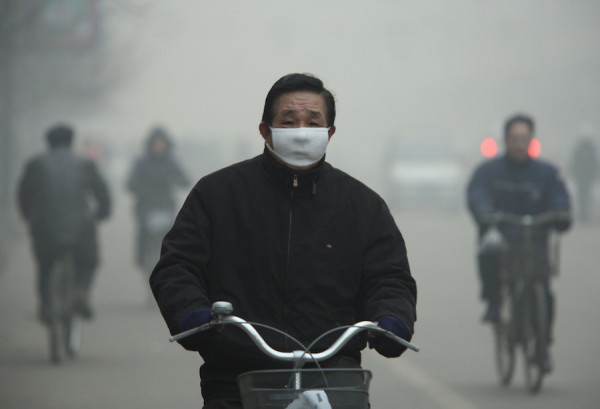 With population reaching up to 42 million the region is polluted due to the huge amounts of coal burning power plants. Due to this the air is smoggy and full of dust. Linfen is situated along the banks of the Fen River in southern Shanxi province, People’s Republic of China. The Chinese government has received pressure from the local media and environmental agencies to help clean up the city. Reports of respiratory illness in children are also high in Linfen. The residents of the city have to wear face protection during the day, it is said that at times it is even hard to see your own hand because the air is so polluted. Headlights are needed constantly. The people are now accustomed to being covered before leaving their homes. In the past couple years Beijing officials have ordered strict policy changes, but as one plant is targeted and shut down, another one opens up illegally. A child with a repertory illness has a life expediency 10 years shorter than average. The Fen River near Linfen, the source of drinking water for millions, is an open sewer. International studies have also suggested that the rate of arsenic poisoning is very high in the Shanxi province and life expediency is lower than the Chinese average.
With population reaching up to 42 million the region is polluted due to the huge amounts of coal burning power plants. Due to this the air is smoggy and full of dust. Linfen is situated along the banks of the Fen River in southern Shanxi province, People’s Republic of China. The Chinese government has received pressure from the local media and environmental agencies to help clean up the city. Reports of respiratory illness in children are also high in Linfen. The residents of the city have to wear face protection during the day, it is said that at times it is even hard to see your own hand because the air is so polluted. Headlights are needed constantly. The people are now accustomed to being covered before leaving their homes. In the past couple years Beijing officials have ordered strict policy changes, but as one plant is targeted and shut down, another one opens up illegally. A child with a repertory illness has a life expediency 10 years shorter than average. The Fen River near Linfen, the source of drinking water for millions, is an open sewer. International studies have also suggested that the rate of arsenic poisoning is very high in the Shanxi province and life expediency is lower than the Chinese average.
[youtube]http://www.youtube.com/watch?v=q4DtOhe2LfQ[/youtube]


